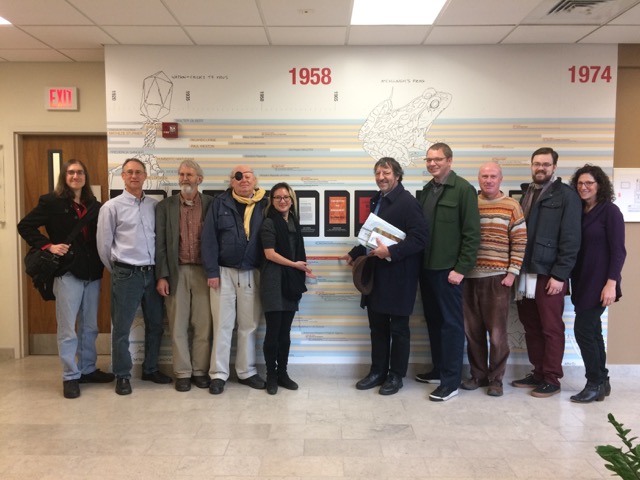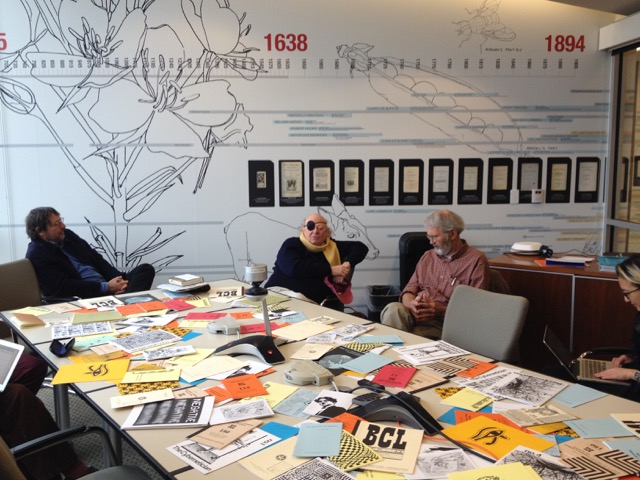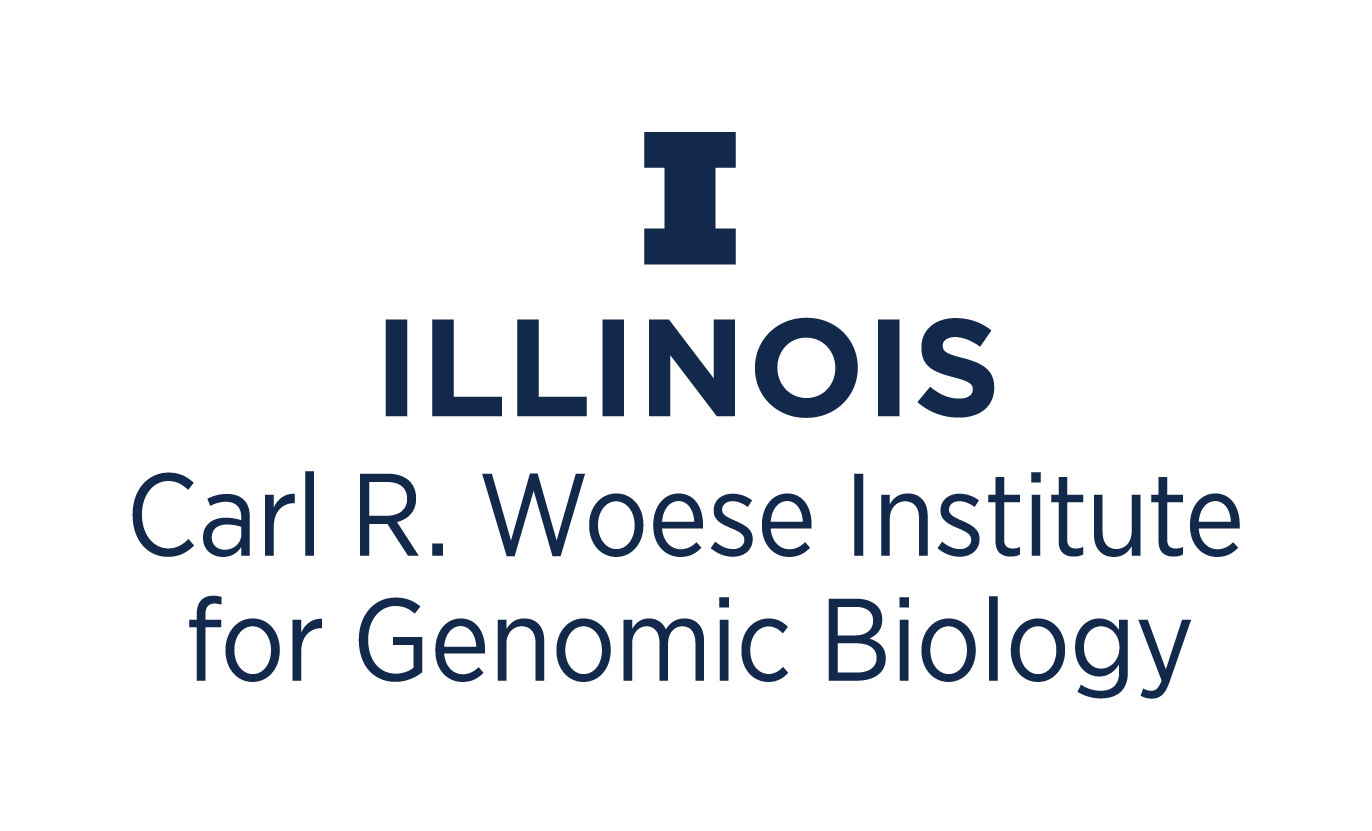By: Ned Prutzer
The Carl R. Woese Institute for Genomic Biology (IGB) hosted figures related to the historic Biological Computer Laboratory (BCL) in December 2016. Those in attendance were past students, instructors, and associates of the BCL, who continue to see their current work and research as connected to the lab’s legacy in cybernetics. The visit was an occasion to celebrate the interdisciplinary nature of the research-based collaborations, both during the lab’s energetic activity during the 1960s and 70s counterculture and now.

These figures were brought together by the Innovation in the Global Midwest project, a cross-campus collaboration launched by Anita Say Chan (Associate Professor, Media and Cinema Studies) with Michael Twidale (Professor, School of Information Sciences) of the University of Illinois at Urbana-Champaign – and supported by a Mellon Grant under the Illinois Program for Research in the Humanities’ Humanities Without Walls consortium. Bridging research between Illinois, Purdue University, and the University of Minnesota, the Innovation in the Global Midwest project drew together a visiting group that included professors, lecturers, community advocates, artists, and archivists from across the three different campuses. One goal of this team was to study innovation in terms of design, including labs like the BCL and institutes like the IGB, in part to inform the design of other facilities hoping to foster transdisciplinary collaboration and discovery.
The Biological Computer Laboratory (BCL), which operated on campus from the late 1950s to the mid-1970s, was a pioneer in research on cybernetics, cognition, and perception. The interdisciplinary nature of the BCL is part of the same tradition that the IGB continues. While largely forgotten in many narrations of design and innovation history at the University of Illinois, its highly interdisciplinary work - seen in the courses its faculty offered (most notably BCL founder Heinz von Foerster) - and its early visions of what the internet and search engines could offer, remains influential.
The reunion events kicked off on Friday, December 2 with tours through current interdisciplinary centers and collaborations on campus, starting with the IGB. The IGB visit focused on Kevin Hamilton’s timeline mural of the BCL found on the IGB’s third floor. His collection of BCL publications were spread out on the table of a conference room constructed after the mural’s completion that now houses part of it.

Kevin Hamilton, a professor in the School of Art and Design and Senior Associate Dean of the College of Fine and Applied Arts, described the mural as a work of public memory. The visit to the mural provoked discussion ranging from how the BCL’s attention to design strays from what one typically associates with such work and how those who were around the BCL perceive it as pivotal to the interdisciplinary zeitgeist on campus that occurred at its height. Those associated with the BCL heralded Kevin for seeking to understand the BCL on its own terms. The timeline depicts a logarithmic sense of time, which von Foerster wrote about extensively, and juxtaposes seemingly unrelated events with the BCL’s work to interrogate the role of the observer, one of von Foerster’s central fascinations.
Other sites and groups visited over the weekend reunion included the Sousa Archives, the University Archives, the Prairie Futures IPRH Research cluster, the Beckman Institute, the Siebel Center, and the Advanced Digital Systems Lab. Presentations involved a display of Kevin Hamilton and Skot Wiedmann’s re-enactment of the Adaptive Reorganizing Automaton (a notable BCL innovation); a lecture from Stuart Umpleby, Professor Emeritus at The George Washington University, on the productive impact of the BCL in cybernetics research; and a talk from community advocate Paul Schroeder attending to the BCL’s countercultural ties, particularly those surrounding Illinois’ vibrant, year-long interdisciplinary programming during its Centennial Anniversary events in 1968.
Visitors noted that the University’s Sesquicentennial could mark a time of reflection on the continued importance of interdisciplinary research and design projects, within which the BCL’s history – spanning three decades of sustained work - still remains an example of on campus. The IGB, in turn, hosts some of the most effective transdisciplinary teams on campus today, continuing the tradition of the BCL.
By: Ned Prutzer
Photos By: Ned Prutzer.

